Mastering Microsoft Word: Insider Tricks for Effortless Document Creation
INTRODUCTION
Microsoft Word in Microsoft 365 is a powerful word processing application that's part of the larger suite of Office productivity tools. It's designed to empower users to create, edit, and format documents with ease and efficiency. One of the standout features of Word in Microsoft 365 is its integration with cloud services, allowing seamless access to documents across devices and enabling collaboration in real-time.
With a subscription to Microsoft 365, users gain access to the latest version of Word, ensuring they have all the newest features, security updates, and improvements. This subscription-based model also provides additional benefits like ample cloud storage, regular software updates, and access to other Office applications such as Excel, PowerPoint, and Outlook.
Word in Microsoft 365 offers a range of functionalities, including versatile formatting options, templates for various document types, collaboration tools that facilitate simultaneous editing and commenting, as well as integration with other Microsoft and third-party apps. These features combine to make Word a comprehensive tool for individuals and businesses seeking efficient and collaborative document creation and editing solutions.
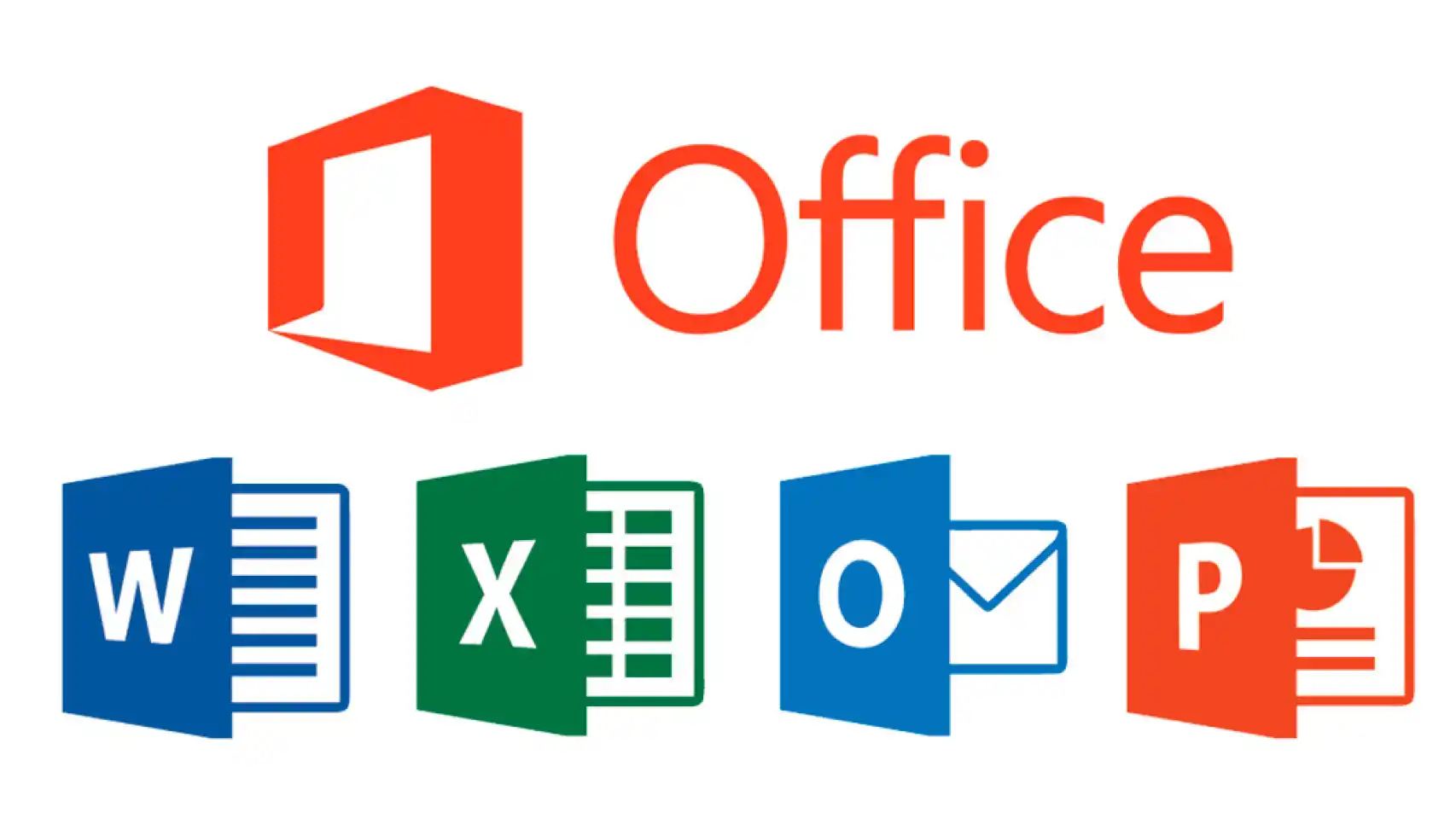
HISTORY
Microsoft Word has a rich history that spans several decades. Microsoft 365, which includes the subscription-based version of Word, represents the latest evolution of this software. Here's a brief history:
- 1983: The journey began with the release of the first version of Microsoft Word for MS-DOS, which was designed by Richard Brodie and Charles Simonyi. It was initially developed for Xenix systems.
- 1985: Microsoft Word 1.0 was released for the Apple Macintosh, marking its entry into the graphical user interface (GUI) environment.
- 1990s: Word continued to evolve, with each version introducing new features and improvements. Throughout the '90s, Microsoft Word became a dominant word processing application for both Windows and Mac platforms, incorporating tools for formatting, spell checking, and more.
- 2000s: Microsoft introduced the Office suite, which included Word, Excel, PowerPoint, and other applications. Word underwent significant updates, introducing features like the Ribbon interface in Word 2007, which aimed to simplify navigation and make tools more accessible.
- 2010s: Microsoft started offering Office as a subscription service, initially named Office 365. Word continued to evolve with cloud integration, allowing for seamless document access and collaboration across devices. In 2013, Office 365 Home Premium was launched, providing users with regular updates and expanded cloud storage.
- 2017: Microsoft rebranded Office 365 to Microsoft 365, which includes various subscription plans for individuals, families, and businesses. Microsoft 365 subscriptions offer access to the latest versions of Word, Excel, PowerPoint, and more, with additional features such as AI-powered tools and expanded cloud services.
- Present: As of my last update in early 2022, Microsoft continues to enhance Word in Microsoft 365, adding new features like advanced collaboration options, improved AI-driven assistance, and integrations with other Microsoft and third-party services. This subscription-based model ensures users have access to the most recent updates and features as part of their ongoing subscription.
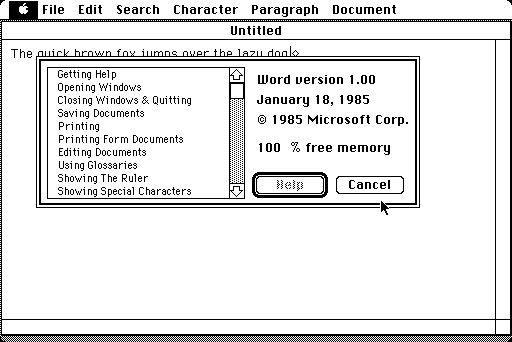
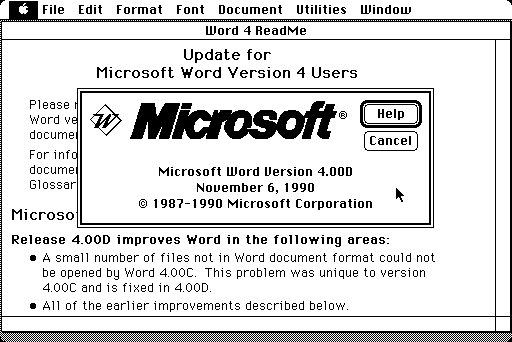
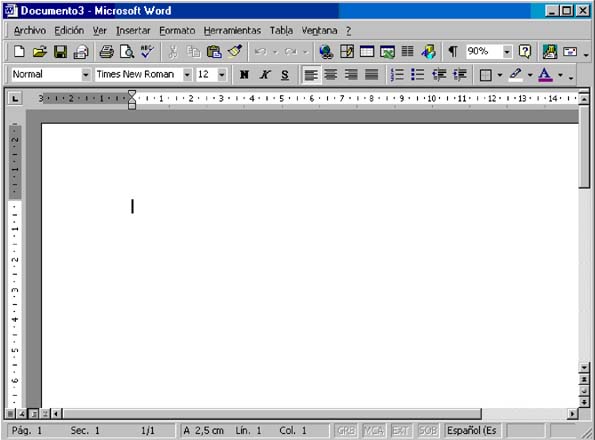
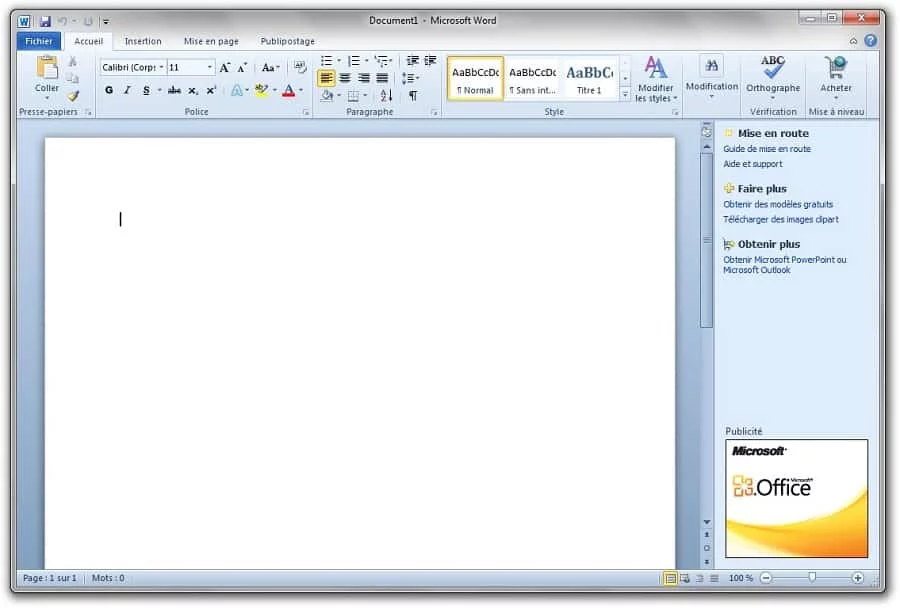
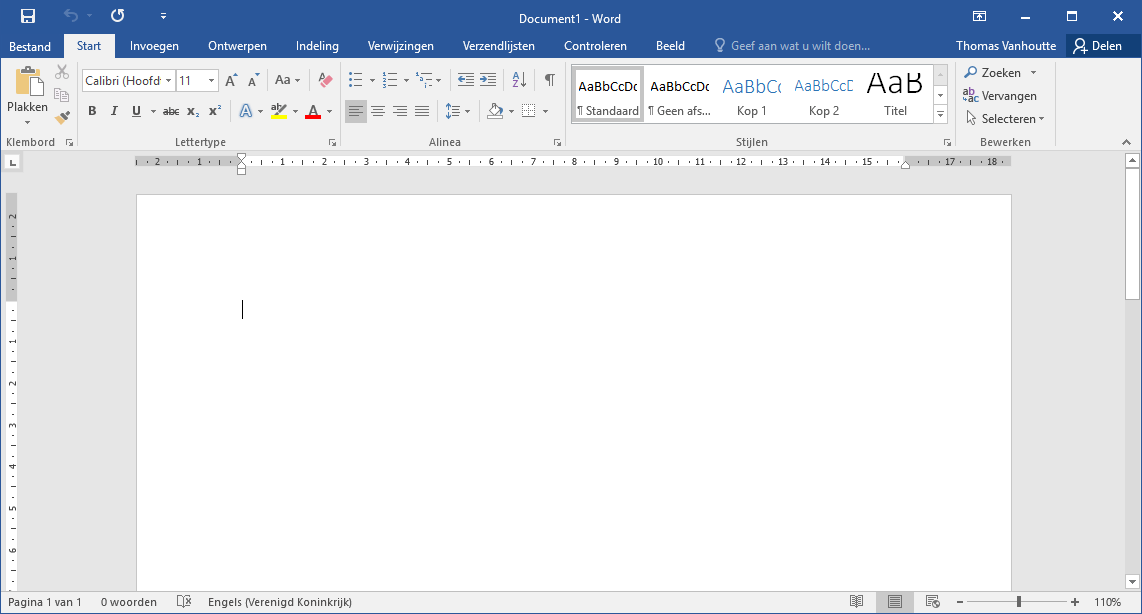
The evolution of Microsoft Word within the Microsoft 365 ecosystem highlights its transformation from a basic word processing tool to a comprehensive and collaborative platform catering to modern productivity needs.
FEATURES
- User-Friendly Interface: Word in Microsoft 365 has an intuitive interface, making it accessible to users of various skill levels.
- Rich Formatting Tools: It offers extensive formatting options for text, images, and other elements, allowing users to create visually appealing documents.
- Collaboration and Sharing: Real-time collaboration features enable multiple users to edit and comment on a document simultaneously, whether through the online version or desktop application.
- Templates and Themes: A wide range of templates and themes are available, making it easier to create different types of documents efficiently.
- Integration and Compatibility: Word seamlessly integrates with other Microsoft Office applications and third-party services, ensuring compatibility and ease of use.
- Cloud Storage and Accessibility: With Microsoft 365, documents can be stored on the cloud, enabling access from various devices with an internet connection.
- AI-Powered Features: Features like Editor, which provides grammar and style suggestions, and Researcher, which assists in finding credible sources, are powered by AI.
FLAWS
- Complex Formatting Issues: While Word offers extensive formatting options, complex formatting can sometimes cause issues, especially when sharing documents across different platforms or versions of Word.
- Resource Intensive: The desktop version of Word in Microsoft 365 can be resource-intensive, especially on older or less powerful computers, leading to slower performance.
- Learning Curve: Despite its user-friendly interface, mastering all of Word's features can take time, and some advanced functionalities might not be immediately apparent to new users.
- Compatibility Challenges: Compatibility issues can arise when collaborating with users who have different versions of Word or use alternative word processing software.
- Privacy and Data Concerns: Storing documents on the cloud may raise privacy concerns for some users, especially when dealing with sensitive or confidential information.
- Subscription Model: While Microsoft 365 offers regular updates and access to the latest features, the subscription-based model means ongoing costs for users.
OTHER PLATFORMS
Microsoft Word in Microsoft 365 is widely used word processing software, but there are several alternative platforms and software options available for creating and editing documents. Some of these include:
| Google Docs |  |
Part of Google's suite of office applications, Google Docs offers cloud-based document creation, collaboration, and sharing. It's known for real-time collaboration features and seamless integration with other Google services. |
|---|---|---|
| Apple Pages | 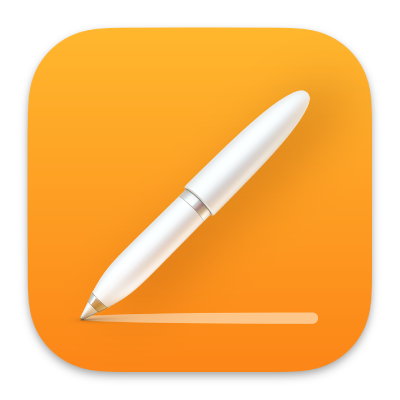 |
Exclusive to Apple devices, Pages provides a user-friendly interface with a variety of templates and formatting tools. It allows for document creation and editing across macOS and iOS devices. |
| LibreOffice Writer | 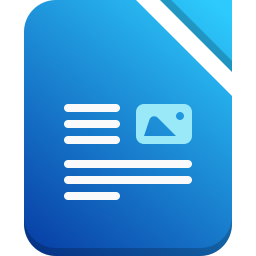 |
An open-source alternative, part of the LibreOffice suite, offering features similar to Microsoft Word. It's compatible with various file formats and is available for Windows, macOS, and Linux. |
| WPS Office |  |
This suite includes WPS Writer, which offers compatibility with Microsoft Word files, a familiar interface, and a free version for basic document editing. |
| Zoho Writer |  |
Zoho's word processing application is part of its suite of office tools. It provides collaborative features, cloud-based storage, and compatibility with various file formats. |
| OnlyOffice |  |
Offering both online and offline versions, OnlyOffice provides document editing, real-time collaboration, and integration with various cloud storage services. |
| WordPerfect |  |
Developed by Corel, WordPerfect is another alternative that provides word processing capabilities and is popular among certain professional and legal environments. |
Learn All in Tamil © Designed & Developed By Tutor Joes | Privacy Policy | Terms & Conditions